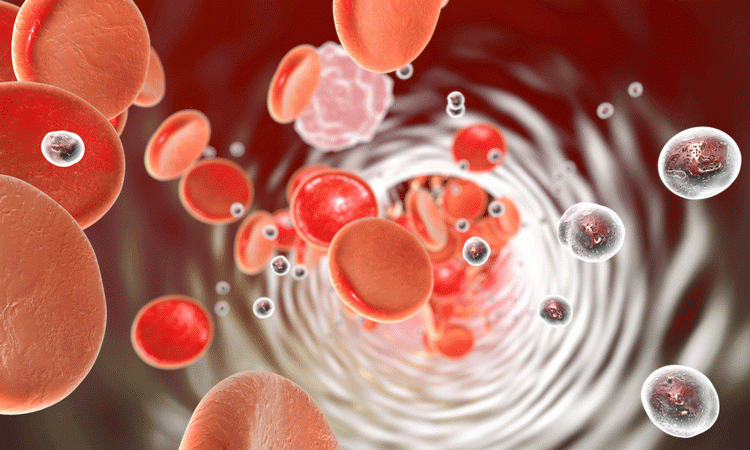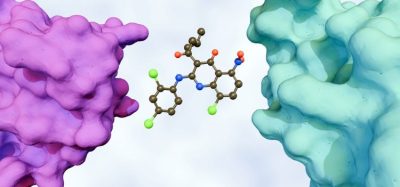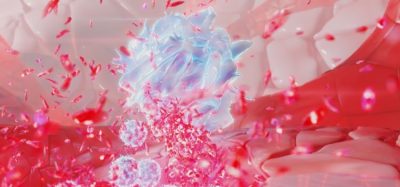New selective biosensor made using synthetic biology
The presence of salt provides a persistent challenge, as fluctuations in salt concentrations affect the selectivity and sensitivity of biosensors…
Researchers have developed nanotube biosensors using synthetic biology, which improves their sensing capabilities in complex biofluids.
Through the use of biosensors, biological molecules in air, water and blood can be detected. Biosensors are used in drug development, biological research and medical diagnosis.
Biosensors currently being developed are made of single-walled carbon nanotubes, where near-infrared light emission of the nanotube is within the optical transparency of biological materials, and as such water, blood and skin do not absorb the emitted light. Thus, this type of nanotube is ideal for implantable applications, meaning they can be placed under the skin without having the need of electrical contacts piercing through.
However, the presence of salt in biofluids provides a persistent challenge, as fluctuations in salt concentrations affect the selectivity and sensitivity of the single-walled carbon nanotube optical biosensors.
Scientists at Ecole Polytechnique Federale De Lausanne (EPFL), Switzerland, looked to develop biosensors that overcome some of these challenges. The team engineered stable optical nanotube sensors using synthetic biology. The use of synthetic biology increases the stability of the biosensors, making them more appropriate for use in complex fluids, such as blood and urine.
Assistant Professor Ardemis Boghossian said, “What we did was wrap nanotubes with ‘xeno’ nucleic acids (XNA), or synthetic DNA that can tolerate the variation in salt concentrations that our bodies naturally undergo, to deliver a more stable signal.”
The team investigated various levels of ion concentrations within the physiological range found in biofluids. Through monitoring the intensity of the signal from the nanotube, and shifting the signal’s wavelength, the researchers verified that the biosensors presented greater stability over a larger range of salt concentrations than traditionally used DNA sensors.
“This is really the first time a true synthetic biology approach is being used in the field of nanotube optics,” says Dr Boghossian. “We think these results are encouraging for developing the next generation of optical biosensors that are more promising for implantable sensing applications such as continuous monitoring.”
The team also adds that the growing need for continuous, real-time monitoring of biomarkers in disease is driving efforts for the development of portable and efficient biosensors.
The study is published in the Journal of Physical Chemistry Letters.










